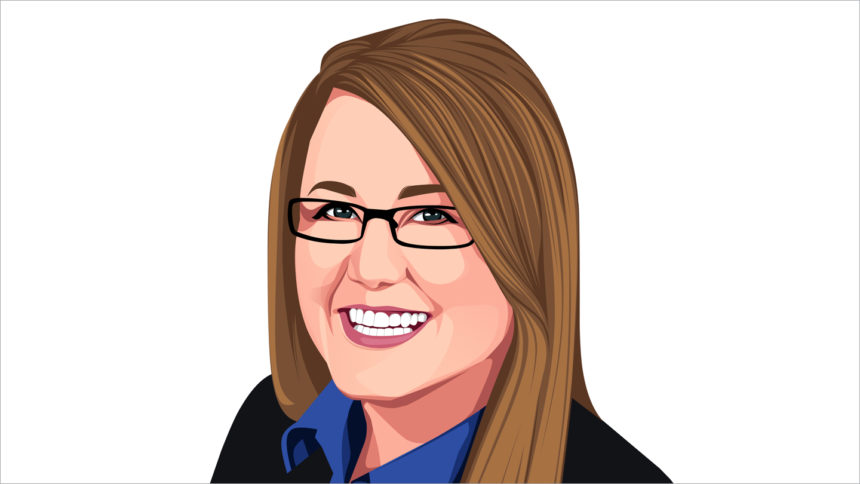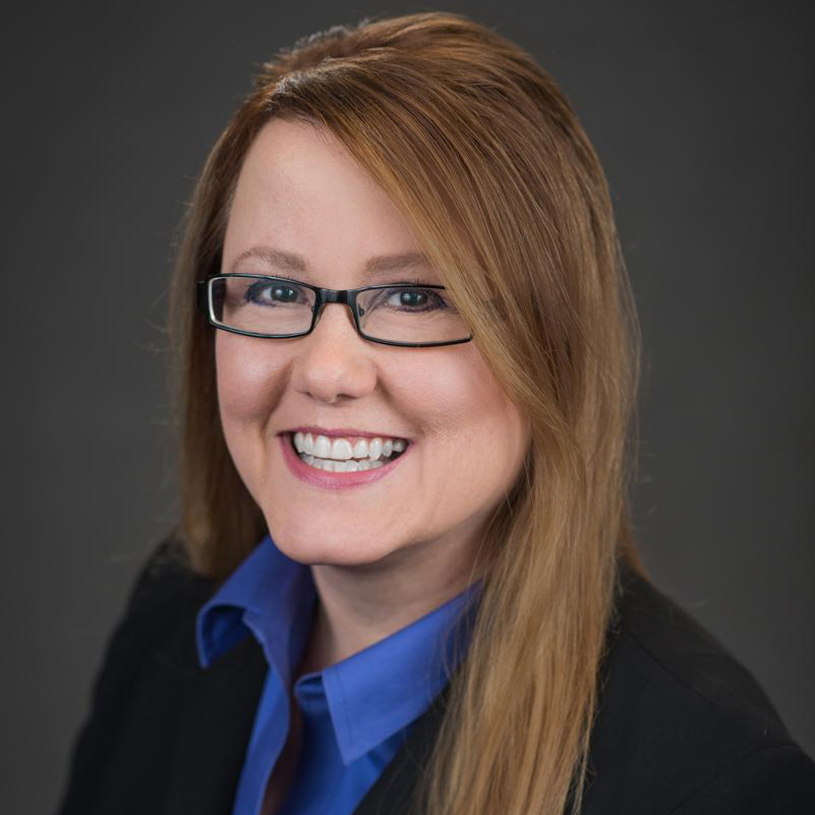

A word that starts with W may represent an untapped opportunity for senior living operators to help recruit and retain workers, industry experts say.
It’s not wages (remember, I said untapped opportunity). It’s wellness.
Say the word wellness in relation to senior living and people’s thoughts most often turn to residents. But it’s important to remember employees in such efforts, too, Sabra Health Care REIT President, CEO and Chairman Rick Matros said during a recent McKnight’s Online Forum webinar.
“We’ve got huge shortages now, and typically, when people think about staffing issues and what to do about it, the first thing they look at is their wages — are they being competitive in the market and all that,” said Matros, a panelist during a session I moderated. “They don’t really think about the physical environment and how that may affect it. The better operators start focusing on culture, but even culture doesn’t necessarily touch on the physical environment.”
Whether it’s indoor air quality, lighting, furniture or something else, the wellness-related decisions that operators make — or don’t make — convey a message to potential and current employees and others.
Of course, wages matter, Matros said, but “looking at the staff members from a holistic perspective, it isn’t just about wages. It’s about culture. It’s about the value they bring every day and how they feel about the value they bring every day.
“By doing things to improve the physical environment for them … that imparts to them how much value we all see in them and should be reflected in the value that they feel like they bring to the job every day.”
Workers in long-term care have endured “horrible circumstances” over the course of the pandemic and have faced ongoing wage issues, Matros said, and yet “they come to work and they care deeply.” So being proactive with employee wellness, he added, is “about having a very different experience for them in our facilities than they’ve had historically.”
And to Matros, a better physical environment means better quality of life for both residents and employees.
“There’s nobody that the patient or the resident spends more time with than the staff in the facilities, regardless of how much family involvement there is,” he said, “so to create an environment, or to improve an environment, so that it provides better quality of life for the staff has a direct impact on the benefits of the quality of life for the residents and the patients.”
For its part, the Irvine, CA-based real estate investment trust has chosen to join the WISE (Wellness Innovation in Senior Environments) initiative, participating in the Well Living Lab, founded as a Delos and Mayo Clinic collaboration, to accelerate research in clinical studies to improve indoor spaces in senior living communities.
One of the REIT’s skilled nursing facilities is being used by researchers as a living lab, to help them better understand how airborne transmissions move around within and between rooms, and how that movement affects residents and staff.
Other senior living communities — more than 600 around the world — have committed to or have achieved the WELL Health-Safety Rating or WELL Certification from the International WELL Building Institute. Enlivant, an operator with a large presence in Sabra’s portfolio, became the first senior living provider to earn the WELL Health-Safety Rating for facility operations and management for its entire portfolio of 215 senior living communities. Some other operators earning or pursuing the credential include Inspir Carnegie Hill, a Maplewood Senior Living facility in Manhattan, the Jewish Home of Rochester in New York, the Views Senior Living of Marion in Iowa and Anthem Memory Care.
Of course, senior living companies can define wellness in multiple ways. A common one, Matros said, involves individual physical health, with components such as therapy and medication.
“But they all have one goal in mind, and that is to help residents, customers and staff to live better, longer,” International Council on Active Aging founder and CEO Colin Milner recently told me for a Newsmakers Podcast. “It’s really as simple as that.”
However they define it, senior living employers that take the wellness focus they have for their residents and duplicate it for their employees, he said, “would be well ahead of most.”
“Do most organizations have a successful employee wellness program within senior living? Our research shows no, and I think part of it is because that hasn’t been a focus,” Milner said.
Beyond focus, what is needed is commitment, he said.
“So if your focus is that your employees are … ‘job one,’ they’re the most important before the residents,” Milner said, “because how can you actually succeed with your residents if your employees are disgruntled, if they’re not healthy, if they’re not fit, if they’re not engaged in the community?”
Employees who are healthy, happy, fit and engaged, he said, are more likely to “bring all of that joy with them to the residents,” meaning more success for their employers.
Individual-focused wellness initiatives, Milner said, can include components such as caregiving programs for employees’ children and parents on a senior living community’s property, fitness programs and stress management programs.
Now is a good time to look at employees holistically, Matros said.
“We’ve gotten a lot better over the years at addressing the needs of our patients and residents from a holistic perspective,” he said. “We’ve done a horrible job looking at our staff from a holistic perspective, in my opinion. So this is really where the opportunity is for this.”
Register to watch the webinar here. Listen to the podcast here.
Lois A. Bowers is the editor of McKnight’s Senior Living. Read her other columns here.

